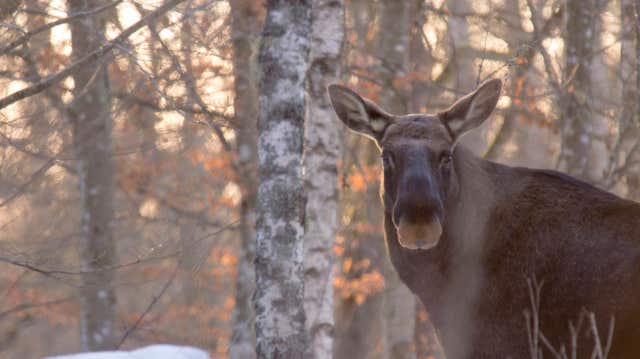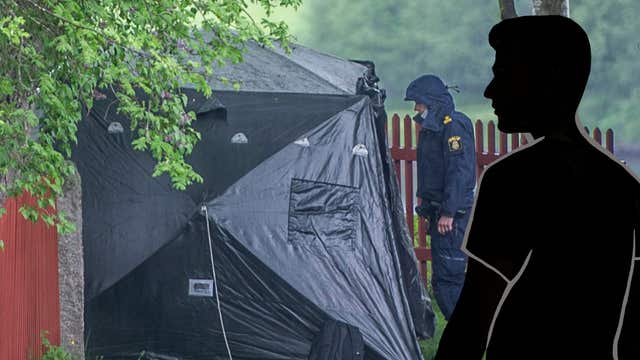The moose is included in the new list of red-listed species
Moose and ferret are red listed while otters have become viable. Now the Swedish University of Agricultural Sciences presents its new, preliminary list of red listed species in Sweden. Photo: Mikael Gustafsson / NATURFOTOGRAFERNA/IBL
Ferrets and moose are a couple of species that are now estimated to be declining to such an extent that they end up on SLU’s new preliminary list of red-listed species in Sweden.
Despite the fact that the moose population has increased so much in northern Sweden in recent years and the forestry companies want more moose to be shot to reduce grazing damage, the population has overall decreased in the country by almost a quarter in ten years.
The fact that the increased moose population in several parts of the country has led county administrative boards to allow hunting of more moose than in previous years does not affect the red listing, states Henrik Thurfjell, organism group manager for SLU’s species data bank.
– We are not influenced by any societal goal or by forestry’s desire to reduce the population, he tells TT.
Hunting main reasons
Despite the fact that hunting teams concerned about the declining moose population have deliberately shot fewer moose than they were allocated, hunting is the main explanation for the decline, according to Henrik Thurfjell.
– Of course there are concerns such as a warmer climate and diseases, but above all it is due to the shooting of moose, he says.
The biggest cloud of concern that has sailed onto the new red list, however, is the Belt Sea porpoise, according to Henrik Thurfjell.
– It is often caught as bycatch by fishermen, he says.
Remove from list
More species have been added to the new Red List than have qualified to be deemed viable enough to be removed.
For a species to be considered viable again, the rate of population decline must have been less than 15 percent over three generations. To ensure that it is not a temporary recovery, the species in question is kept “in quarantine” on the list for another five years. The otter, which is only now being removed from the new red list, has been increasing for a long time, according to Henrik Thurfjell, partly as a result of the work to remove chemicals and toxins from aquatic environments.
At the same time, the ferret, which is new to the red list, is declining, possibly due to the otter returning as a competitor, according to Henrik Thurfjell.
– The otter lives in the same environments as the ferret and takes the occasional ferret, he says.





